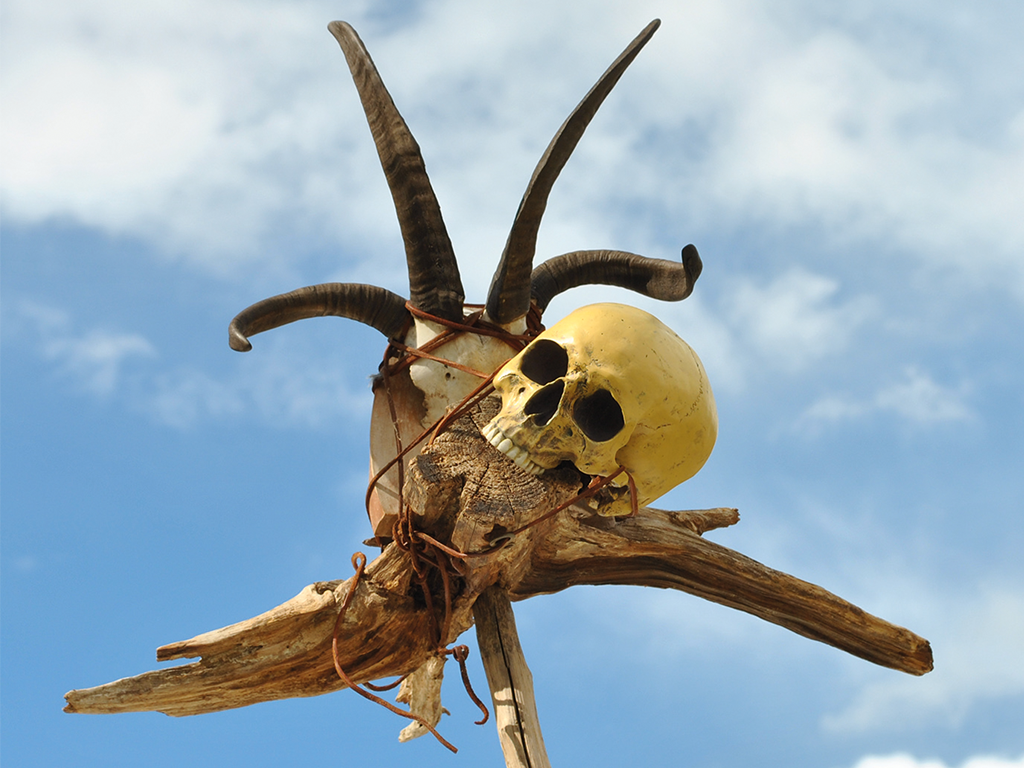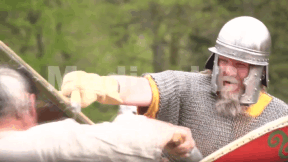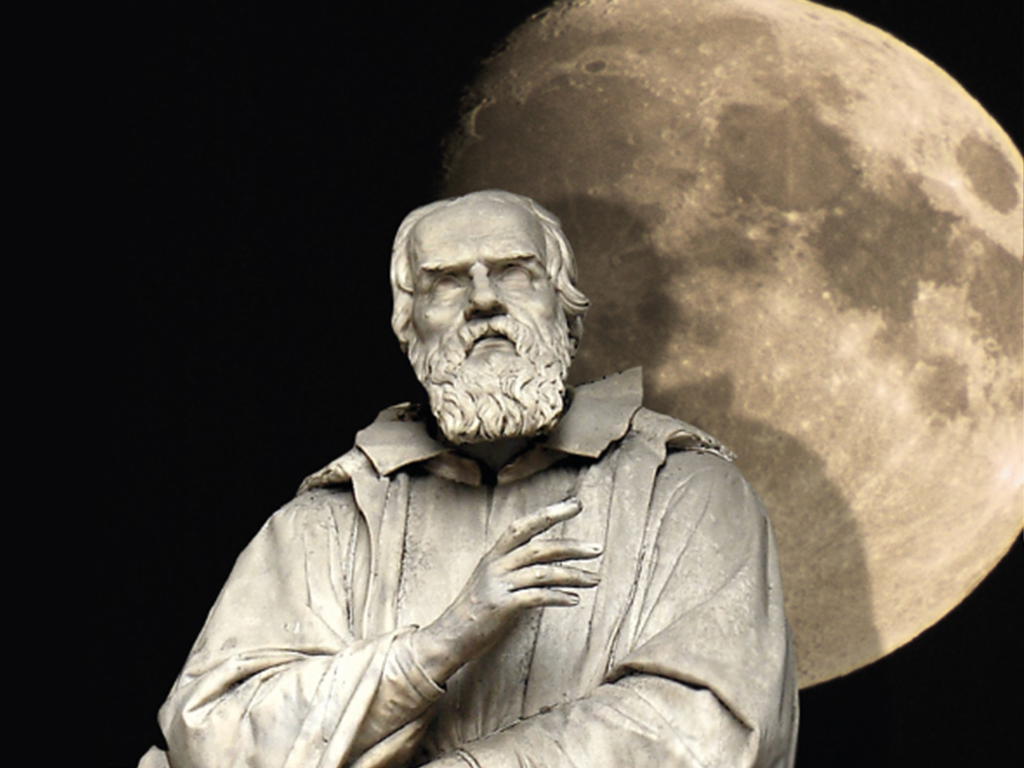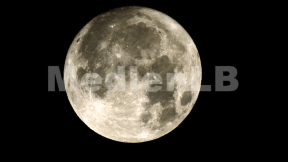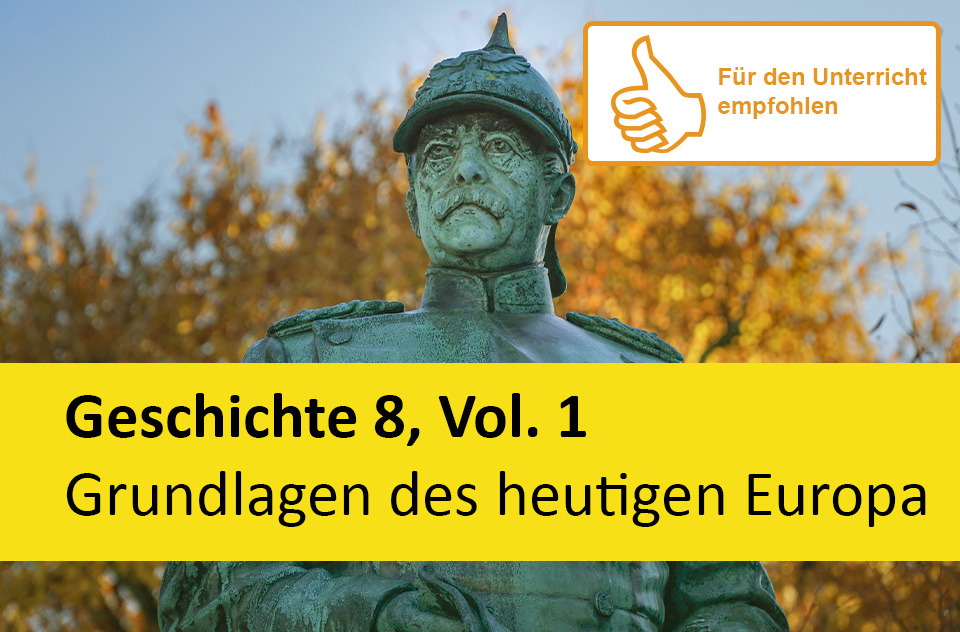

55501804
Grundlagen des heutigen Europa
Für den Unterrichtempfohlen
In unserem Arbeitsheft Geschichte 8, Vol. 1 – Grundlagen des heutigen Europa finden Sie 50 interaktive und didaktisch aufbereitete Aufgaben.
Das Medium bietet H5P-Aufgaben an, die ohne zusätzliche Software verwendbar sind. Das Medium enthält interaktive Videos und 50 H5P-Aufgaben zu den Themen Europa nach Napoleon, Gründung des Deutschen Reiches.
Durch interaktive Aufgabentypen wird das audiovisuelle und interaktive Lernen einfach.
Lernen macht jetzt Spaß!

Included Tasks
- 1. Aufstieg Russlands zur Großmacht - Interaktives Video
- 2. Katharina II. - Interaktives Video
- 3. Gottesgnadentum - Interaktives Video
- 4. L'État c'est moi - Interaktives Video
- 5. Der Sonnenkönig - Interaktives Video
- 6. Aufstieg Frankreichs zur Weltmacht - Interaktives Video
- 7. Zentralisierung der Macht - Interaktives Video
- 8. Merkantilismus - Interaktives Video
- 9. Merkmale des Absolutismus - Interaktives Video
- 10. Militarisierung Preußens - Interaktives Video
- 11. Ein aufgeklärter Monarch: Friedrich II. - Interaktives Video
- 12. Joseph II. - Interaktives Video
- 13. Reformen Josephs II. - Interaktives Video
- 14. Widerspruch zwischen Aufklärung und Absolutismus - Interaktives Video
- 15. Ludwig XVI.: Ein neuer König - Interaktives Video
- 16. Die Generalstände - Interaktives Video
- 17. Sturm auf die Bastille - Interaktives Video
- 18. Beschlüsse der Nationalversammlung - Interaktives Video
- 19. Ludwig XVI. nach dem Sturm auf die Bastille - Interaktives Video
- 20. Robespierre - Interaktives Video
- 21. La Terreur 1792-1794 - Interaktives Video
- 22. Demokratischer Monarch? - Interaktive Aufgabe
- 23. Aufstieg des kleinen Korsen - Interaktives Video
- 24. Napoleon - Interaktive Aufgaben
- 25. Zeittafel - Interaktive Aufgabe
- 26. Expansive Außenpolitik - Video und Interaktive Aufgaben
- 27. Niedergang - Interaktive Aufgabe
- 28. Gegner England - Interaktive Aufgaben
- 29. Gegner Napoleons - Interaktive Aufgabe
- 30. Erbe Napoleons - Interaktives Video
- 31. Napoleons Stationen - Interaktive Aufgabe
- 32. Französischer Einfluss auf Deutschland - Interaktive Aufgaben
- 33. Die Mainzer Republik - Interaktives Video
- 34. Der Rheinisch-Deutsche Nationalkonvent - Interaktives Video
- 35. Das Ende der Mainzer Republik - Interaktives Video
- 36. Volkssouveränität - Interaktives Video
- 37. Der Wiener Kongress - Interaktive Aufgaben
- 38. Gesandte auf dem Wiener Kongress - Wortsuche
- 39. Vormärz - Interaktives Video
- 40. Das Hambacher Fest - Interaktives Video
- 41. Die Revolution von 1848 - Interaktives Video
- 42. England
- das Mutterland der Industrialisierung - Interaktives Video
- 43. Bismarcks Kindheit - Lückentext
- 44. Wer ist Otto von Bismarck? - Bildzuordnung
- 45. Technischer Aufbruch - Interaktive Aufgaben
- 46. Einigungskriege - Interaktive Aufgaben
- 47. Gründung des Deutschen Reiches - Interaktive Aufgaben mit Video
- 48. Bismarcks Bündnispolitik - Interaktive Aufgaben
- 49. Bismarck als Gewaltpolitiker? - Interaktive Aufgaben mit Video
- 50. Bismarck - Testfragen
Curriculum-centred and oriented towards educational standards
Matching
Celts
The term “Celts“ refers to a great number of different ethnic groups. So we do not speak of one “Celtic people”, at any rate not according to modern ethnic criteria, but rather of tribes within the circle of Celtic culture.
Galileo Galilei
Galileo Galilei, ingenious inventor and researcher whose findings changed the whole world.




